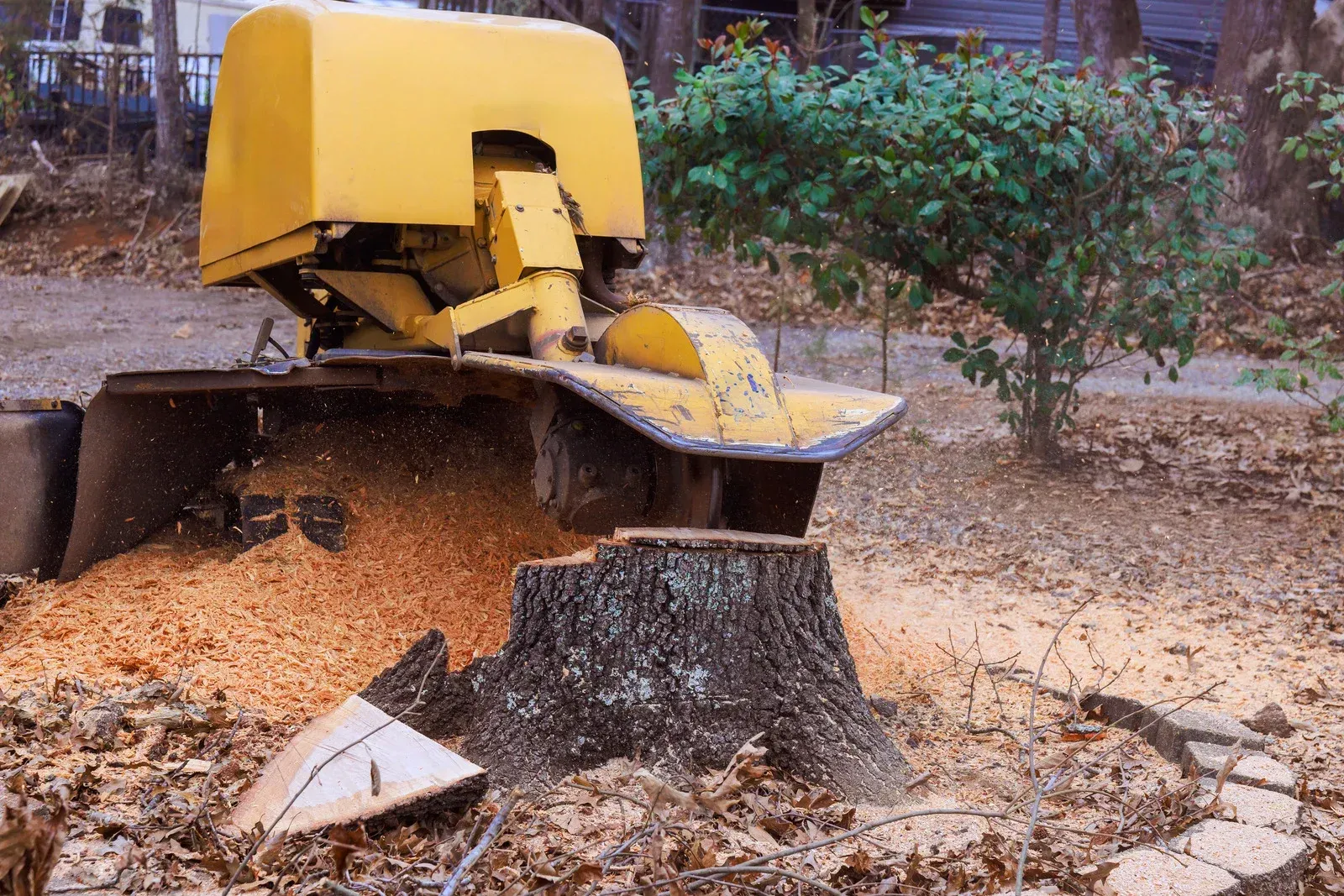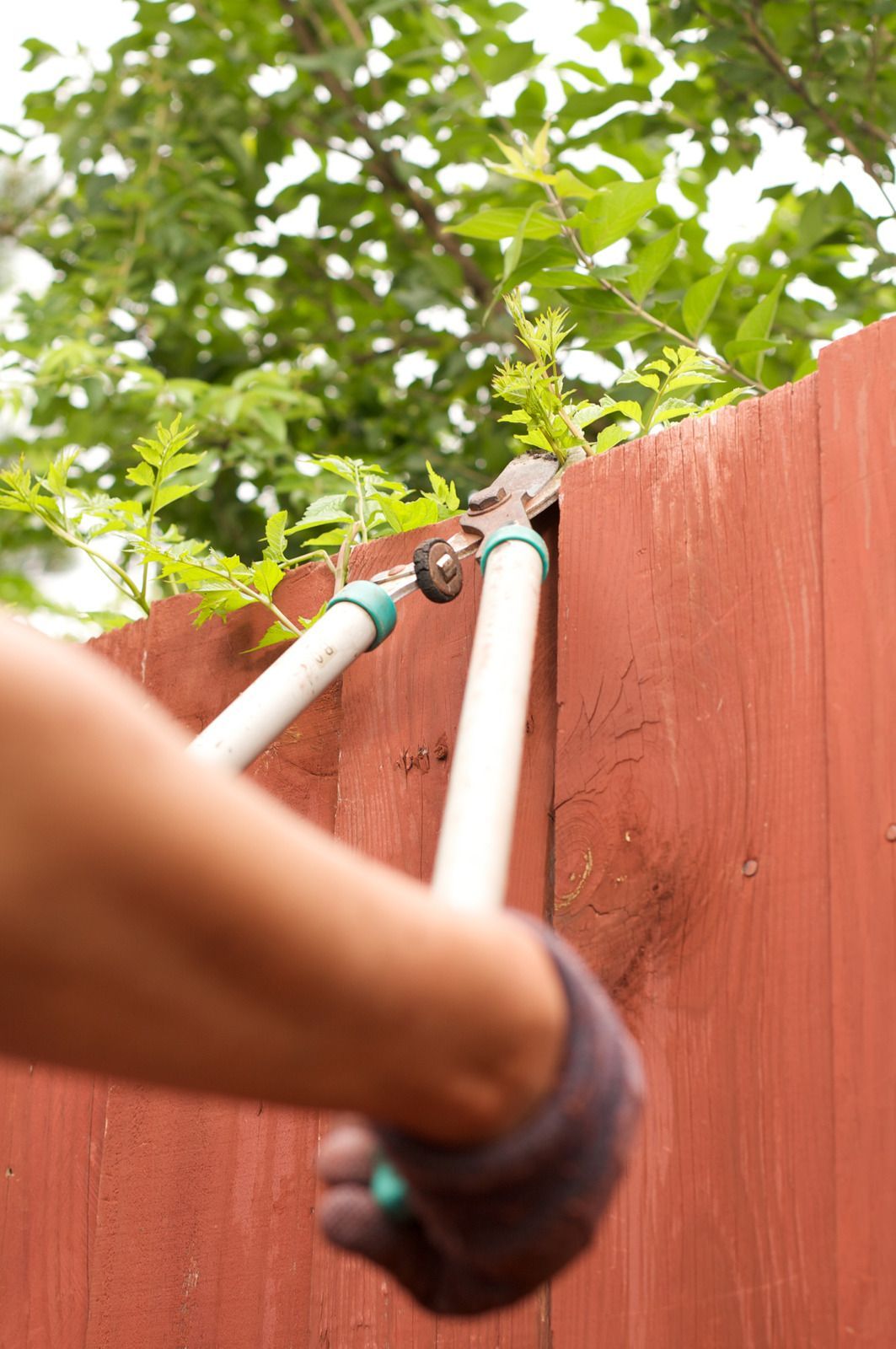Is Insect Growth Regulator A Pesticide? Can You Use It For Your Plants
An insect growth regulator is a pesticide that interferes with the life cycle of an insect. IGRs can prevent insects from reaching adulthood or kill them outright. Either way, IGRs are an effective way to control pests.
IGRs are typically used as a last resort when other pest control methods have failed. That's because IGRs can also kill beneficial insects, like honeybees. So, before using an IGR, consider all your options.
Importance of Insect Growth Regulator
Insect growth regulators (IGRs) are important tools for managing pest infestations. They work by interrupting insects' hormonal processes to grow and reproduce, stopping eggs from being laid, or preventing larvae from maturing into adult flying pests. IGRs effectively control certain types of insect infestations without using traditional chemical pesticides. They can be used in areas where pesticide applications, such as food processing plants, may not be possible or desirable.
IGRs have a reduced environmental impact compared to conventional chemical pesticides, making them a more sustainable choice for long-term pest management programs. Additionally, they only affect target organisms and cause minimal disruption to beneficial species such as pollinators and predatory insects. Finally, since many IGRs mimic natural hormones found in the environment, they can even help restore the natural balance in ecosystems affected by human activities such as agriculture or urbanization.
Can Insect Growth Regulator Be Used As A Pesticide?
Yes, insect growth regulators can be used as a pesticide. It is a relatively new type of pesticide that interferes with insects' growth and development. IGRs can be used to control a wide variety of insects, including those that damage crops, stored food products, and structures. IGRs are generally considered safe for humans and animals and have very low toxicity to plants. Some IGRs are registered for use as pesticides in the United States.
How To Use Insect Growth Regulator For Plants As Pesticide?
When using IGRs as a pesticide in your garden or greenhouse, it's important to understand how they work. An IGR interrupts the growth process of an insect by altering its hormones so that eggs don't hatch or larvae won't mature into adults. As such, any insects present when you apply an IGR will still be active but unable to reproduce and create future generations.
To use IGRs effectively on your plants, start by studying the label for application instructions specific to each product since concentration levels vary from product to product. When applying granular formulations directly onto your plant leaves, mix according to directions and then spray liberally over both sides with a fine mist until evenly coated but not dripping wet. Alternatively, when using sprays with ready-to-use liquid formulations, simply follow the instructions on the packaging for best results and always wear gloves if suggested.
It's also important to note that some IGR products may require repeat applications every few weeks in order for them to remain effective against pests during their various stages in life cycle development. Keep track of all re-application dates so that you know when additional treatments need to be applied accordingly; this way, you can easily maintain optimal efficacy without having to worry about over or under-treating areas which could potentially lead to ineffective pest control results down the line!
Conclusion
In conclusion, an insect growth regulator is a pesticide that can control pests and protect plants from harm. It disrupts the life cycle of insects, preventing them from reproducing or developing into adults. While it is not as toxic as other pesticides, it should still be applied carefully and per the label's instructions. With proper use, insect growth regulators effectively keep your garden safe from damaging insects without risking your health or the environment.



